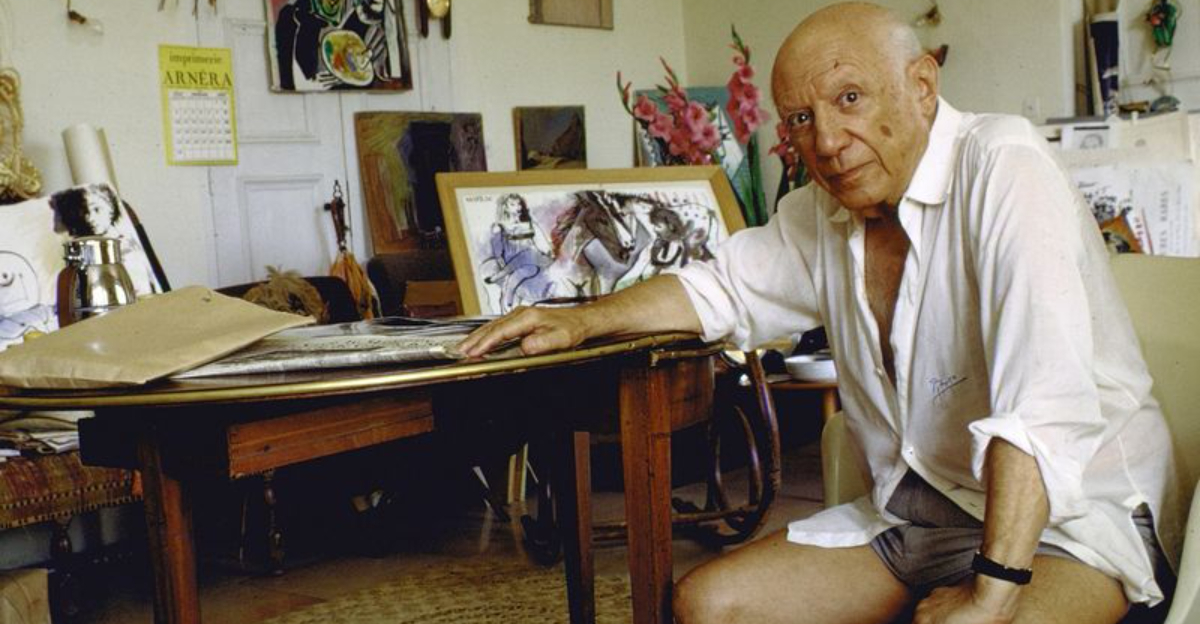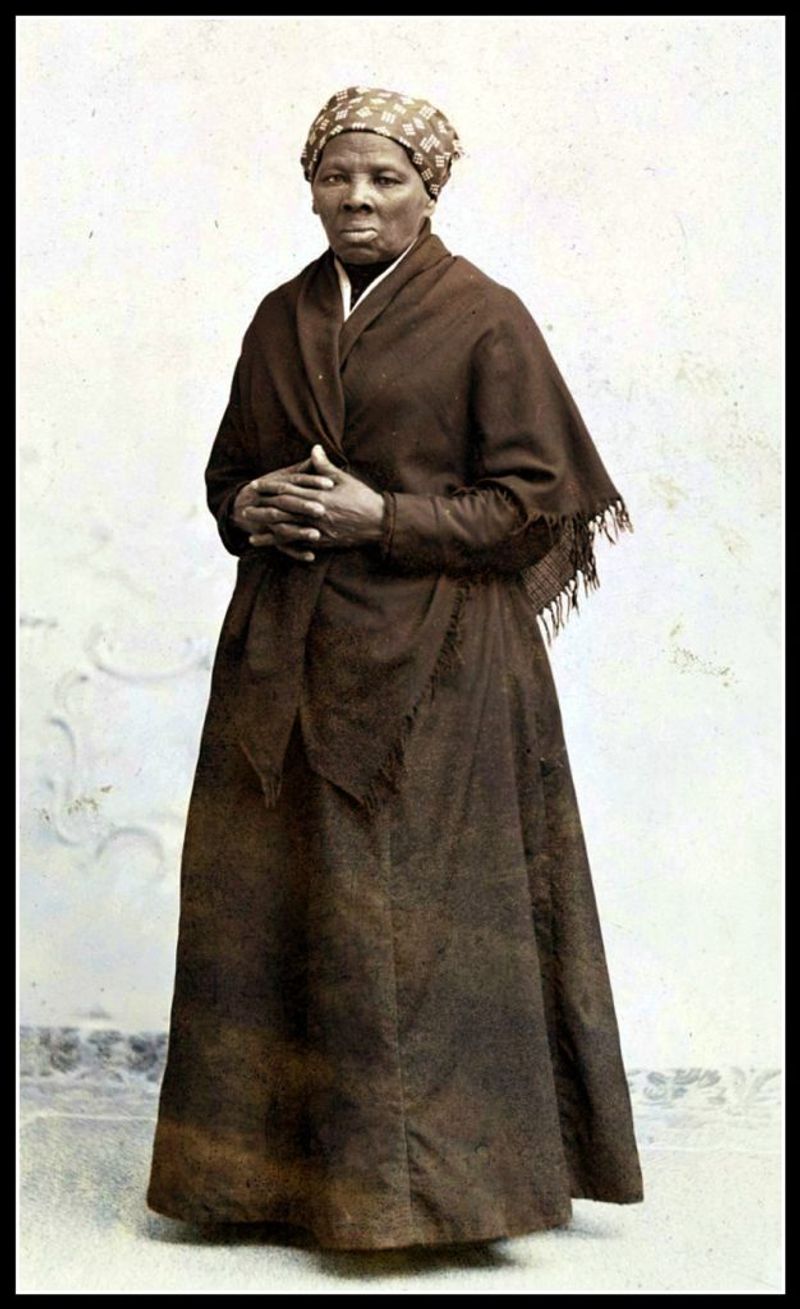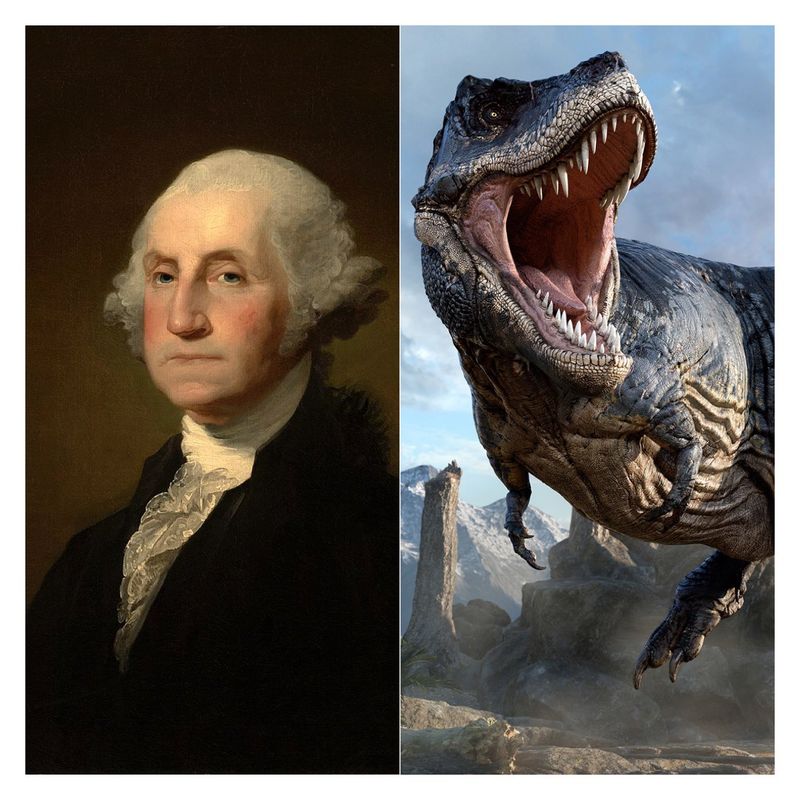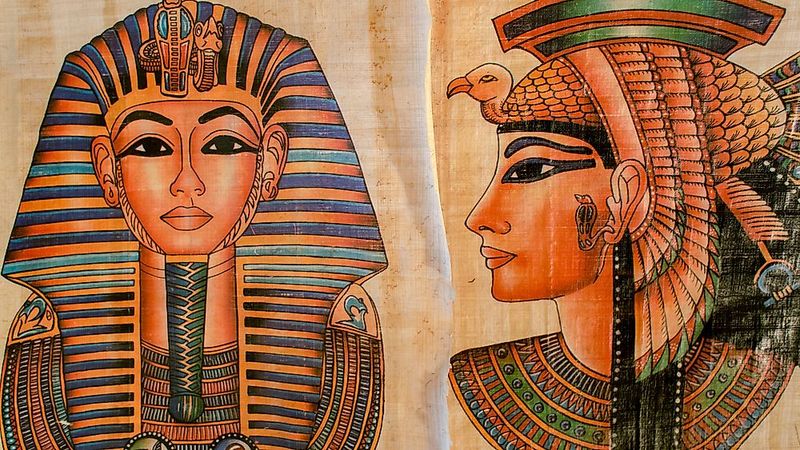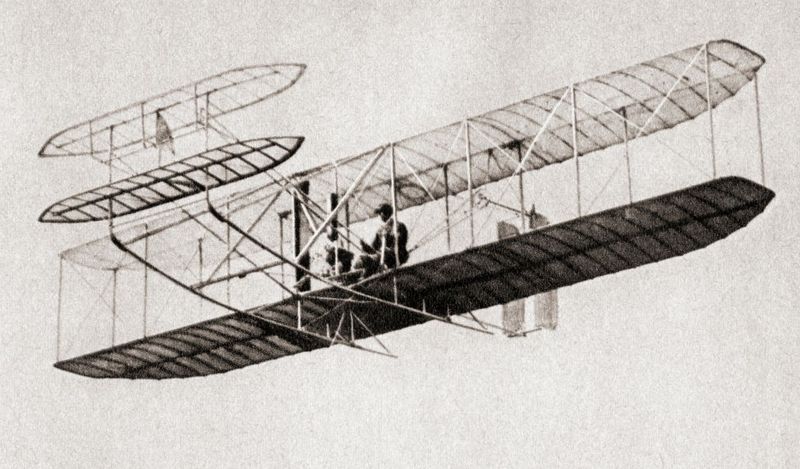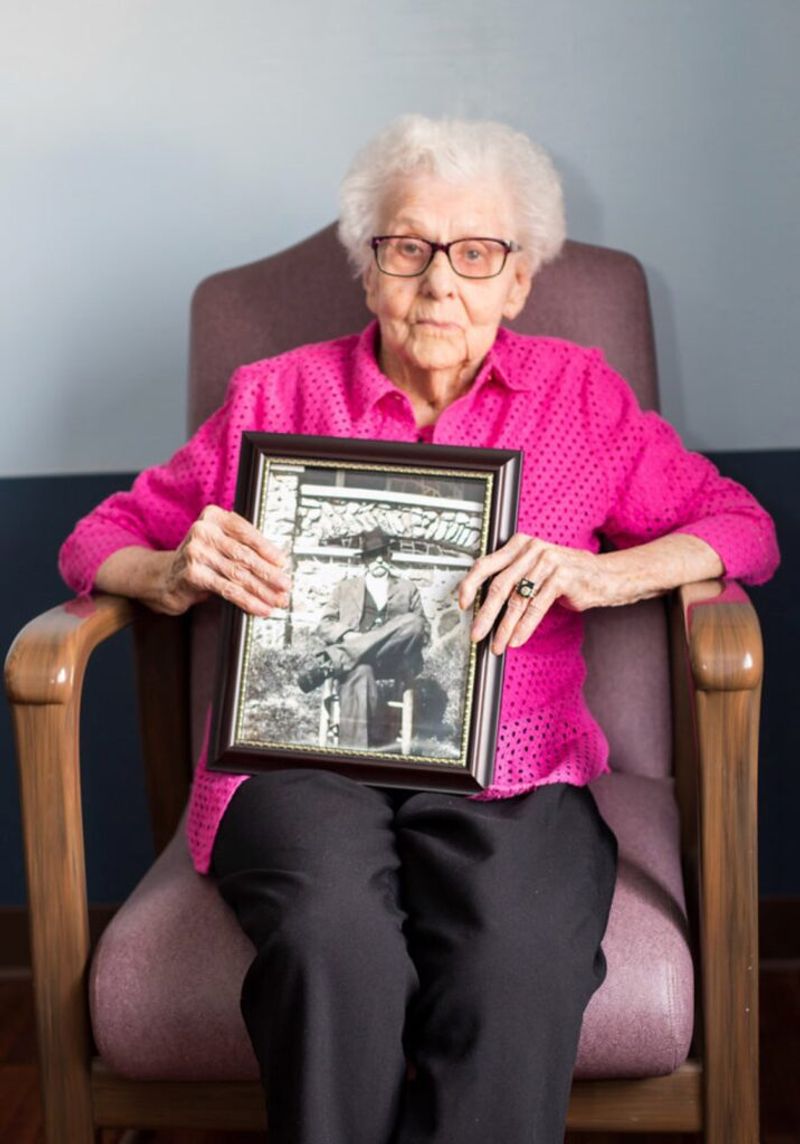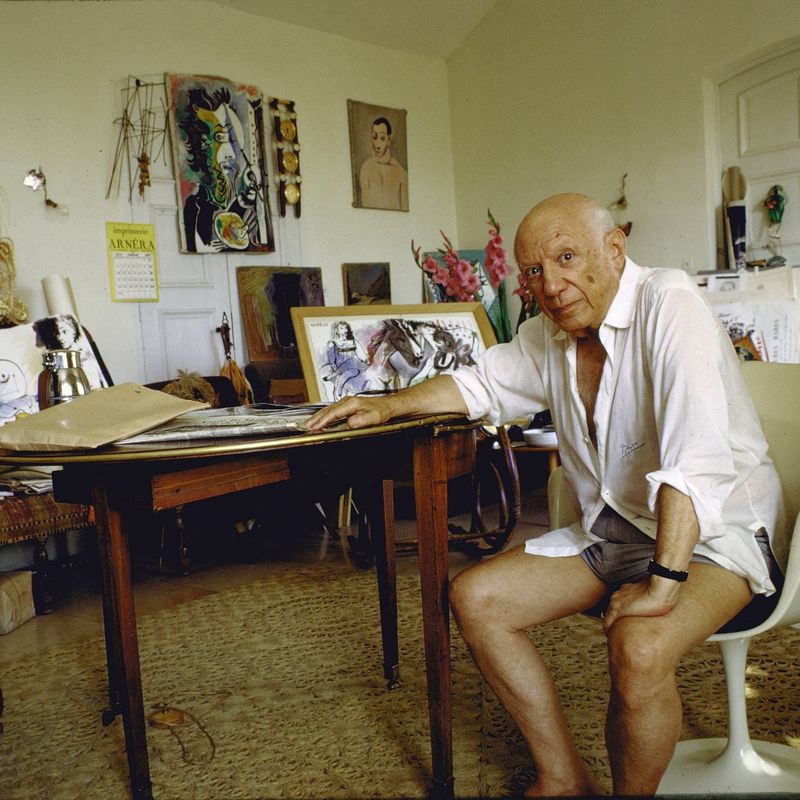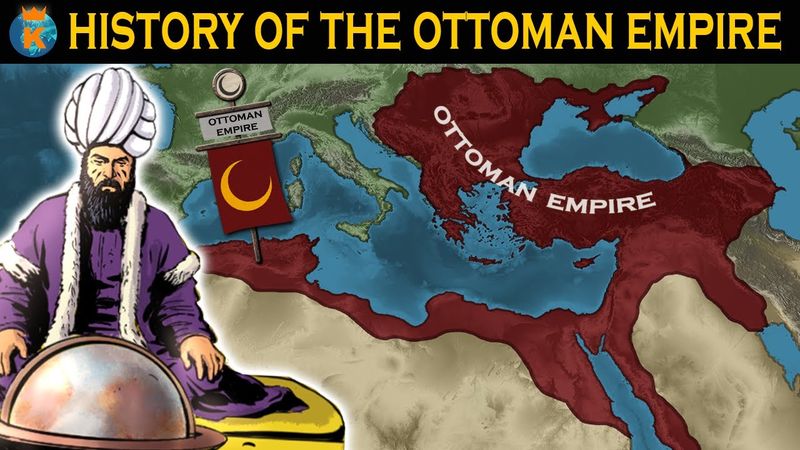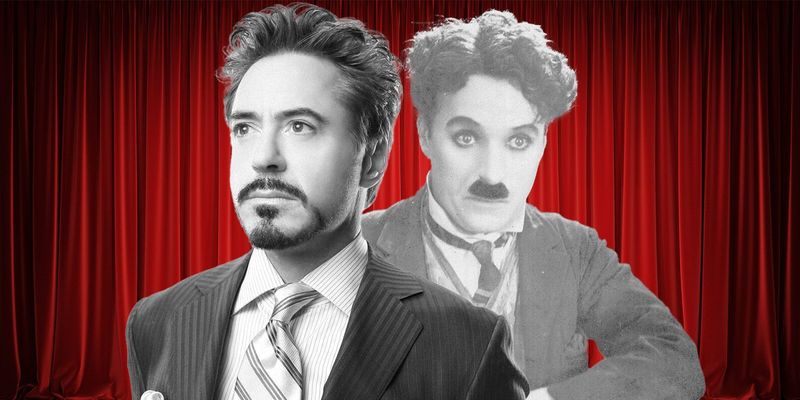History is filled with fascinating overlaps between famous figures and monumental events. Here are 13 unexpected historical events that renowned personalities experienced during their lifetimes, offering a unique perspective on the timelines of history.
1. Abraham Lincoln Was Alive When the First Photos Were Taken
At 17, Abraham Lincoln lived in such a world until the first photograph was taken in 1826. Little did he know, he would later become the first U.S. president to be photographed at his inauguration. The contrast between his youthful days and his presidential era underscores the rapid technological advancements of the 19th century. Photography became an essential tool in documenting history, and Lincoln’s era marked its rise as a powerful medium. This blend of youth and progress paints a vivid picture of his journey.
2. Harriet Tubman Was Still Alive When The Wizard of Oz Was Published
Harriet Tubman, known for her courageous efforts in the Underground Railroad, could have read ‘The Wonderful Wizard of Oz.’ Published in 1900, the book’s whimsical tales of adventure were alive during Tubman’s twilight years. She passed away in 1913, leaving behind a legacy of bravery and resilience. The thought of Tubman enjoying a story about courage and discovery is both heartwarming and inspiring. Her colorful life, full of daring escapes and heroic acts, resonates with the vibrant world of Oz, creating a charming connection between fiction and reality.
3. The Last Known Survivor of the Titanic Died the Same Year the iPhone Was Released
In 2009, Millvina Dean, the youngest passenger on the Titanic, passed away. Astonishingly, it was also the year Apple released the iPhone 3GS. Dean’s life, bookended by two monumental events, illustrates the dramatic technological changes of the 20th century. From surviving a legendary maritime disaster to witnessing the dawn of smartphones, her story is a poignant reminder of resilience and adaptation. Dean’s life journey, from the Titanic’s decks to the digital age, embodies a century of transformation and innovation, showcasing the breadth of human progress.
4. Anne Frank and Martin Luther King Jr. Were Born the Same Year
The year 1929 witnessed the births of two icons: Anne Frank and Martin Luther King Jr. Although their paths never crossed, their lives left indelible marks on history. Frank’s poignant diary chronicles her hidden life during the Holocaust, capturing the essence of hope amidst despair. King, born just months earlier, became a beacon of the civil rights movement, advocating for equality and justice. Their shared birth year serves as a powerful reminder of the struggle for human rights. Their voices continue to echo, resonating with those who strive for freedom and dignity.
5. George Washington Never Knew Dinosaurs Existed
George Washington lived in a world unaware of dinosaurs. The first scientific description of a dinosaur fossil came in 1824, long after Washington’s death in 1799. His era was devoid of the knowledge that massive creatures once roamed the Earth. Washington’s world was focused on the birth of a nation, not the prehistoric past. This juxtaposition highlights the ever-evolving nature of scientific exploration. The discovery of dinosaurs reshaped our understanding of history, offering insights into Earth’s ancient inhabitants. Washington’s legacy, though, remains firmly rooted in shaping modern civilization.
6. Cleopatra Lived Closer to the Moon Landing Than to the Building of the Great Pyramid
Cleopatra’s reign in 30 BCE is often associated with Egypt’s ancient grandeur, yet she lived closer to the 1969 moon landing than to the construction of the Great Pyramid around 2560 BCE. This surprising timeline shift challenges our perception of historical proximity. Cleopatra’s Egypt, a blend of ancient tradition and Greek influence, existed on the cusp of modernity. Her legacy bridges the ancient and contemporary worlds, making her an enduring symbol of cultural fusion. The moon landing, a monumental leap for mankind, mirrors the awe once inspired by Egyptian pyramids.
7. Orville Wright (of the Wright Brothers) Lived to See the First Jet Airplane
Orville Wright, a pioneer of aviation, witnessed the birth of the jet age. The Wright Brothers’ 1903 flight revolutionized air travel, but by 1948, Orville saw the Bell X-1 soar faster than sound. His lifetime, spanning biplanes to jets, encapsulates humanity’s relentless pursuit of progress. Orville’s vision took flight, transforming dreams into reality. The jet airplane, a testament to human ingenuity, stands as a tribute to pioneers like Wright. His journey from the sands of Kitty Hawk to the skies above solidified his place in aviation history, inspiring future explorers.
8. Thomas Jefferson and John Adams Both Died on July 4, 1826—Exactly 50 Years After Independence
Thomas Jefferson and John Adams, key figures in America’s founding, shared a remarkable connection beyond politics. Both passed away on July 4, 1826, the 50th anniversary of the Declaration of Independence. This extraordinary coincidence captures the spirit of a young nation striving for freedom. Their complex relationship, marked by rivalry and respect, mirrored the revolutionary fervor of their time. Their simultaneous deaths on such a symbolic date underscore their enduring influence on American history. Their legacy, intertwined with the nation’s birth, continues to inspire generations seeking liberty.
9. The Last Widow of a Civil War Veteran Died in 2020
Helen Viola Jackson’s passing in 2020 marked the end of an era. As the last widow of a Civil War veteran, her life connected the distant past to the present. Married at 17 to a 93-year-old veteran in 1936, Jackson witnessed a century of change. Her story, bridging the 19th and 21st centuries, is a testament to enduring love and resilience. Her marriage, though unconventional, symbolizes the ties that bind generations. Jackson’s life, spanning from the echoes of war to the digital age, offers a glimpse into the continuity of history.
10. Pablo Picasso Was Alive When Star Wars Came Out
Pablo Picasso, an icon of modern art, died in 1973, a few years before Star Wars premiered in 1977. His life, marked by artistic revolution, coincided with the dawn of a new cultural phenomenon. Picasso’s legacy, defined by innovation and creativity, parallels the groundbreaking impact of Star Wars. Both reshaped their respective fields, challenging conventions and inspiring imagination. Picasso’s artistic journey, from Cubism to his final works, reflects the transformative power of art. His presence in the era leading to Star Wars highlights the intersection of visual and cinematic artistry.
11. The Ottoman Empire Still Existed When The Great Gatsby Was Published
In 1925, F. Scott Fitzgerald’s ‘The Great Gatsby’ captured the spirit of the Roaring Twenties. Meanwhile, the Ottoman Empire, a relic of another era, was dissolving. This juxtaposition of cultural vibrancy and imperial decline illustrates the dynamic shifts of the early 20th century. The jazz age, with its exuberance and excess, contrasted sharply with the fading Ottoman legacy. Fitzgerald’s work, a critique of American society, reflects the era’s complexities. The simultaneous existence of Gatsby’s world and the Ottoman Empire underscores the interconnectedness of global narratives.
12. Charlie Chaplin and Robert Downey Jr. Were Alive at the Same Time
Charlie Chaplin, a legend of silent films, and Robert Downey Jr., future star of Iron Man, briefly coexisted. Chaplin’s death in 1977 coincided with Downey’s childhood. This temporal overlap links the golden age of cinema with modern Hollywood. Chaplin’s comedic genius and Downey’s dynamic roles represent the evolution of film. Their shared timeline, though fleeting, underscores the continuity of artistic expression. Chaplin, with his iconic Tramp character, paved the way for actors like Downey. Together, they embody the enduring allure of storytelling through film, bridging past and present.
13. The University of Oxford Was 300 Years Old When the Aztec Empire Was Founded
The University of Oxford, founded circa 1096, was already an established institution by the time the Aztec Empire emerged in 1428. This historical contrast highlights the diverse paths of human development. While Oxford cultivated scholarly pursuits in medieval Europe, the Aztecs were building a vibrant civilization in Mesoamerica. The coexistence of these distinct worlds underscores the richness of global history. Oxford’s academic legacy and the Aztec Empire’s cultural achievements illustrate the varied expressions of human potential. Their overlapping timelines invite reflection on the multifaceted nature of progress and tradition.
